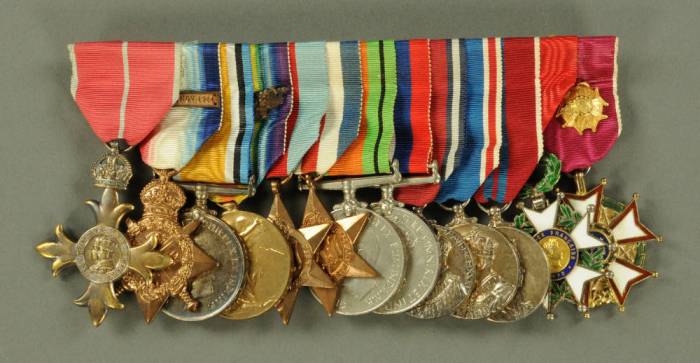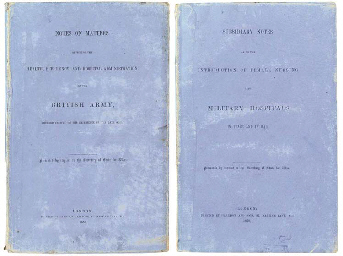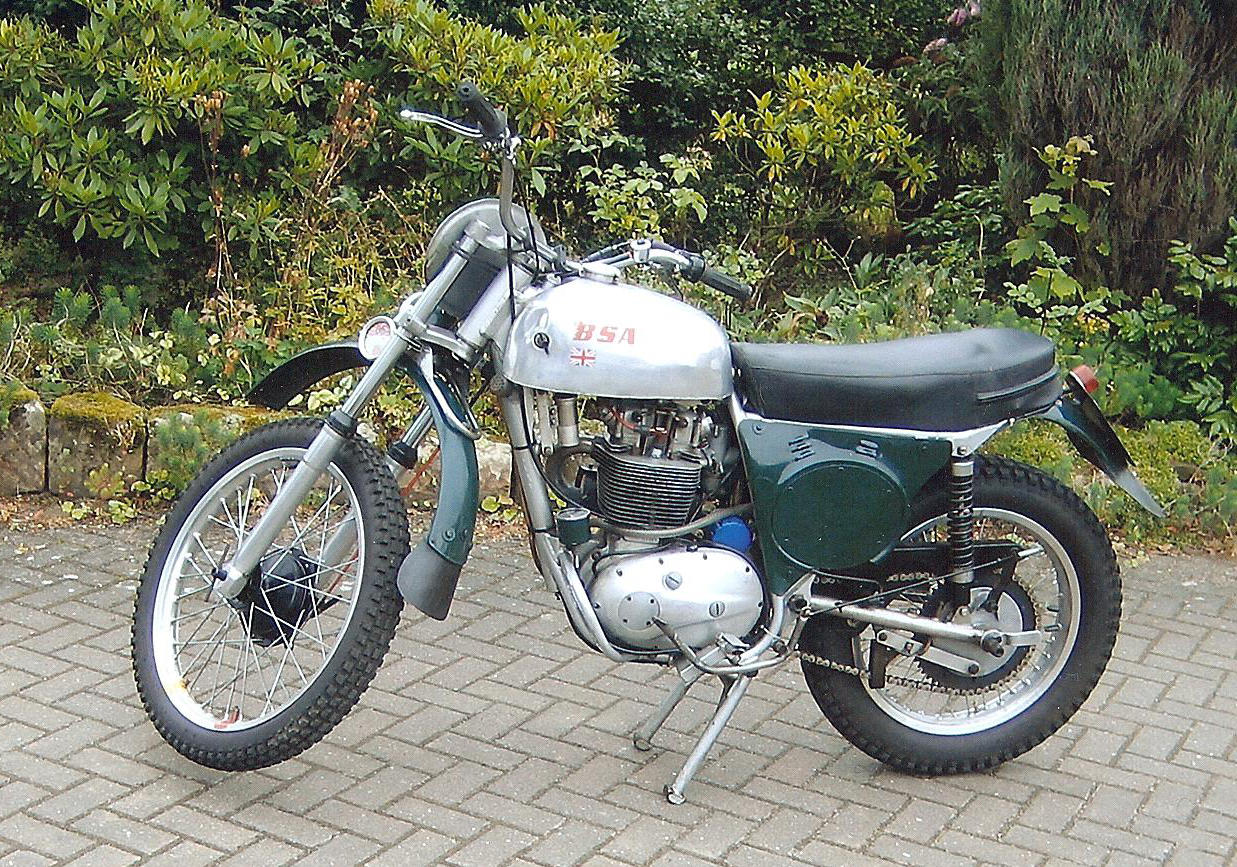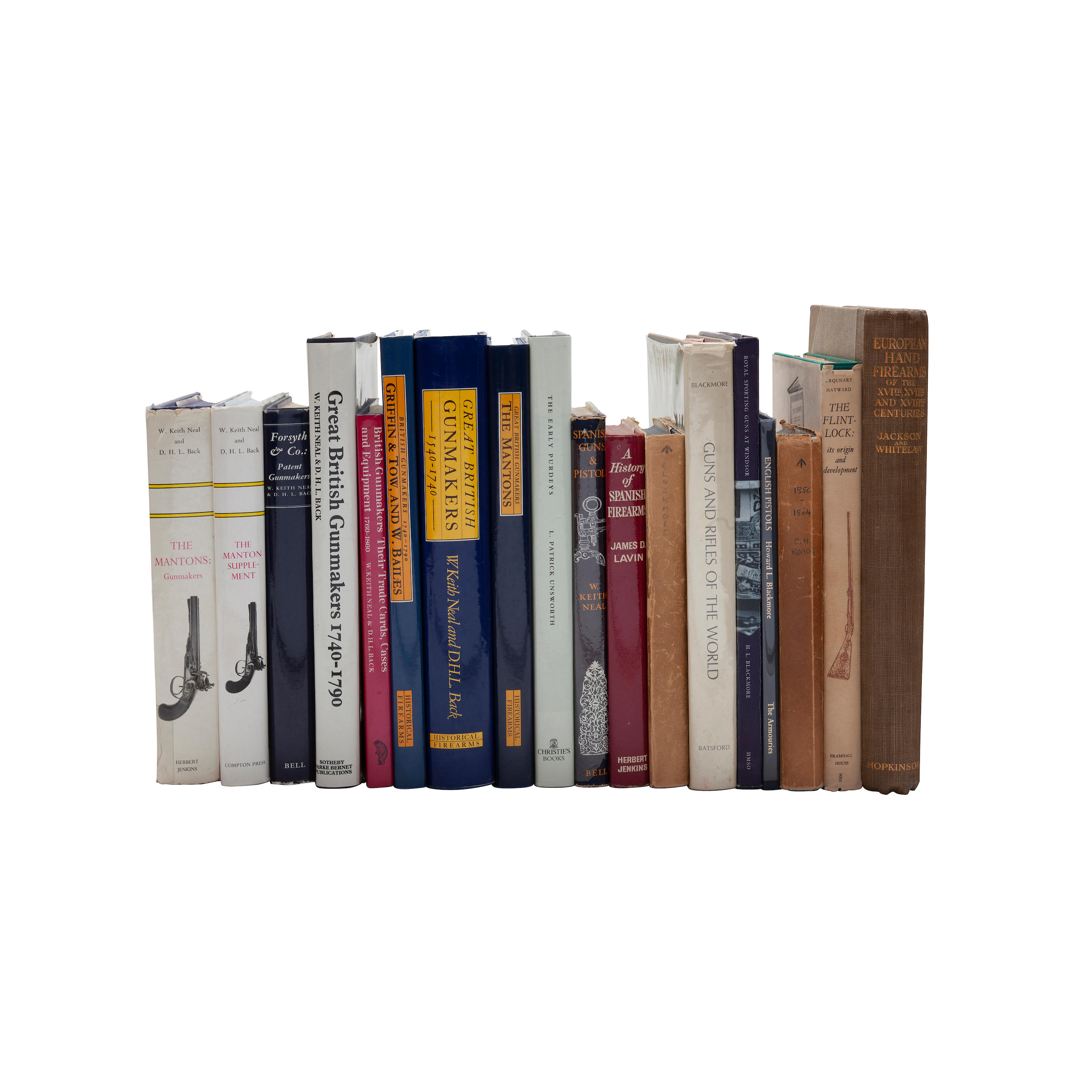Experimental British military musket made in the form of the British Pattern 1851 Minié Rifle with a nominally .702” bore that is smooth and not rifled. Rust blue oxidized to brown barrel retained by wedges, brass furniture, and straight-gripped walnut stock with Lovell’s side nail cups. Lock marked “Adams’s Patent” and breech with two sets of proofs, a full set of London commercial proof marks, and a full set of British military proof marks. Bottom of barrel marked by Birmingham barrel maker “BEASLEY”. Not equipped with Lovell’s Patent bayonet catch. Button head ramrod with swelled shank and central groove designed to be retained by the lip of the forend cap, similar to those used on some late 18th century British military carbines. The lock is an incredibly interesting Adams patent simplified lock system. The lock is screwless and the lower end of the mainspring terminates in the teeth normally associated with a tumbler. The sear is a projection from the lower body of the hammer that engages the “tumbler”. The tumbler has a projection that functions as a trigger bar, which is released by the trigger bearing on it from above, pushing the “tumbler” down and releasing the hammer. The system is amazingly simple and elegant and functions very smoothly with a much nicer trigger pull than a conventional military musket. As there is no conventional tumbler, the hammer has a male threaded post and spanner nut that secures it to the lock. Equipped with an intriguing and fully adjustable backsight marked “Shrapnel/Patent/No 61”. Lieutenant General Henry Shrapnel is probably best remembered today as the inventor of “spherical case” artillery ammunition, a hollow projectile filled with explosives that was designed to detonate via a fuse system over the heads of enemy troops. Today, his name has become synonymous with the cause of most wounds due to artillery fragments; “shrapnel”. Robert Adams his partner John Deane (of Deane, Adams & Deane) and a Captain Shrapnel (possibly the son or grandson of Henry) were all involved with the development of what would become the Pattern 1853 Enfield Rifle Musket, an improved evolution of the first rifled arm for general issue in the British military, the Pattern 1851 Minié Rifle. This gun appears to be offering a sample of a potential sighting system that could have been adopted for the new guns under development. Much of the experimentation with features that would become standard for the Pattern 1853 were experimented with on Pattern 1851 guns, including various forms of rifling and ammunition. Numerous experimental backsights were tested for adoption with the Pattern 1853, so many in fact that the initial order for the guns included two types of rear sights. It seems that this gun may have been made up to demonstrate the very interesting Adams patent lock and Shrapnel rear sight. It is a very intriguing prototype or experimental musket worthy of additional research. CONDITION: About fine. Retains some of the period rust blue on the exterior with scattered surface oxidation and some freckled crusting, showing some patches of minor roughness. Bottom of the barrel retains much of the finish. Lock with traces of case color and a mottled brown patina on the exterior and some remnants of vivid color on the interior. Markings remain clear. Lock crisp and functional. Smooth bore bright and fine with some scattered oxidation and a coating of Cosmoline. Backsight remains fully functional with legible markings. Ramrod slightly short of full length with no threads at the end. Brass with a dark, uncleaned patina. Stock crisp with numerous small bumps, dings, and mars from handling, storage, and use. Retains a heavy coating of Cosmoline. An exceptionally intriguing musket in a lovely state of preservation. TP Name Value Accessories Barrel Length 39 - 1/2" Caliber/Bore 14 Bore .70 Caliber Drop at Comb Drop at Heel FFL Status Antique Length of Pull Manufacturer Robert Adams Model Experimental British Adams Paten
Experimental British military musket made in the form of the British Pattern 1851 Minié Rifle with a nominally .702” bore that is smooth and not rifled. Rust blue oxidized to brown barrel retained by wedges, brass furniture, and straight-gripped walnut stock with Lovell’s side nail cups. Lock marked “Adams’s Patent” and breech with two sets of proofs, a full set of London commercial proof marks, and a full set of British military proof marks. Bottom of barrel marked by Birmingham barrel maker “BEASLEY”. Not equipped with Lovell’s Patent bayonet catch. Button head ramrod with swelled shank and central groove designed to be retained by the lip of the forend cap, similar to those used on some late 18th century British military carbines. The lock is an incredibly interesting Adams patent simplified lock system. The lock is screwless and the lower end of the mainspring terminates in the teeth normally associated with a tumbler. The sear is a projection from the lower body of the hammer that engages the “tumbler”. The tumbler has a projection that functions as a trigger bar, which is released by the trigger bearing on it from above, pushing the “tumbler” down and releasing the hammer. The system is amazingly simple and elegant and functions very smoothly with a much nicer trigger pull than a conventional military musket. As there is no conventional tumbler, the hammer has a male threaded post and spanner nut that secures it to the lock. Equipped with an intriguing and fully adjustable backsight marked “Shrapnel/Patent/No 61”. Lieutenant General Henry Shrapnel is probably best remembered today as the inventor of “spherical case” artillery ammunition, a hollow projectile filled with explosives that was designed to detonate via a fuse system over the heads of enemy troops. Today, his name has become synonymous with the cause of most wounds due to artillery fragments; “shrapnel”. Robert Adams his partner John Deane (of Deane, Adams & Deane) and a Captain Shrapnel (possibly the son or grandson of Henry) were all involved with the development of what would become the Pattern 1853 Enfield Rifle Musket, an improved evolution of the first rifled arm for general issue in the British military, the Pattern 1851 Minié Rifle. This gun appears to be offering a sample of a potential sighting system that could have been adopted for the new guns under development. Much of the experimentation with features that would become standard for the Pattern 1853 were experimented with on Pattern 1851 guns, including various forms of rifling and ammunition. Numerous experimental backsights were tested for adoption with the Pattern 1853, so many in fact that the initial order for the guns included two types of rear sights. It seems that this gun may have been made up to demonstrate the very interesting Adams patent lock and Shrapnel rear sight. It is a very intriguing prototype or experimental musket worthy of additional research. CONDITION: About fine. Retains some of the period rust blue on the exterior with scattered surface oxidation and some freckled crusting, showing some patches of minor roughness. Bottom of the barrel retains much of the finish. Lock with traces of case color and a mottled brown patina on the exterior and some remnants of vivid color on the interior. Markings remain clear. Lock crisp and functional. Smooth bore bright and fine with some scattered oxidation and a coating of Cosmoline. Backsight remains fully functional with legible markings. Ramrod slightly short of full length with no threads at the end. Brass with a dark, uncleaned patina. Stock crisp with numerous small bumps, dings, and mars from handling, storage, and use. Retains a heavy coating of Cosmoline. An exceptionally intriguing musket in a lovely state of preservation. TP Name Value Accessories Barrel Length 39 - 1/2" Caliber/Bore 14 Bore .70 Caliber Drop at Comb Drop at Heel FFL Status Antique Length of Pull Manufacturer Robert Adams Model Experimental British Adams Paten










.jpg)


.jpg)
/67279/Internet%20Image%201.jpg)
Try LotSearch and its premium features for 7 days - without any costs!
Be notified automatically about new items in upcoming auctions.
Create an alert